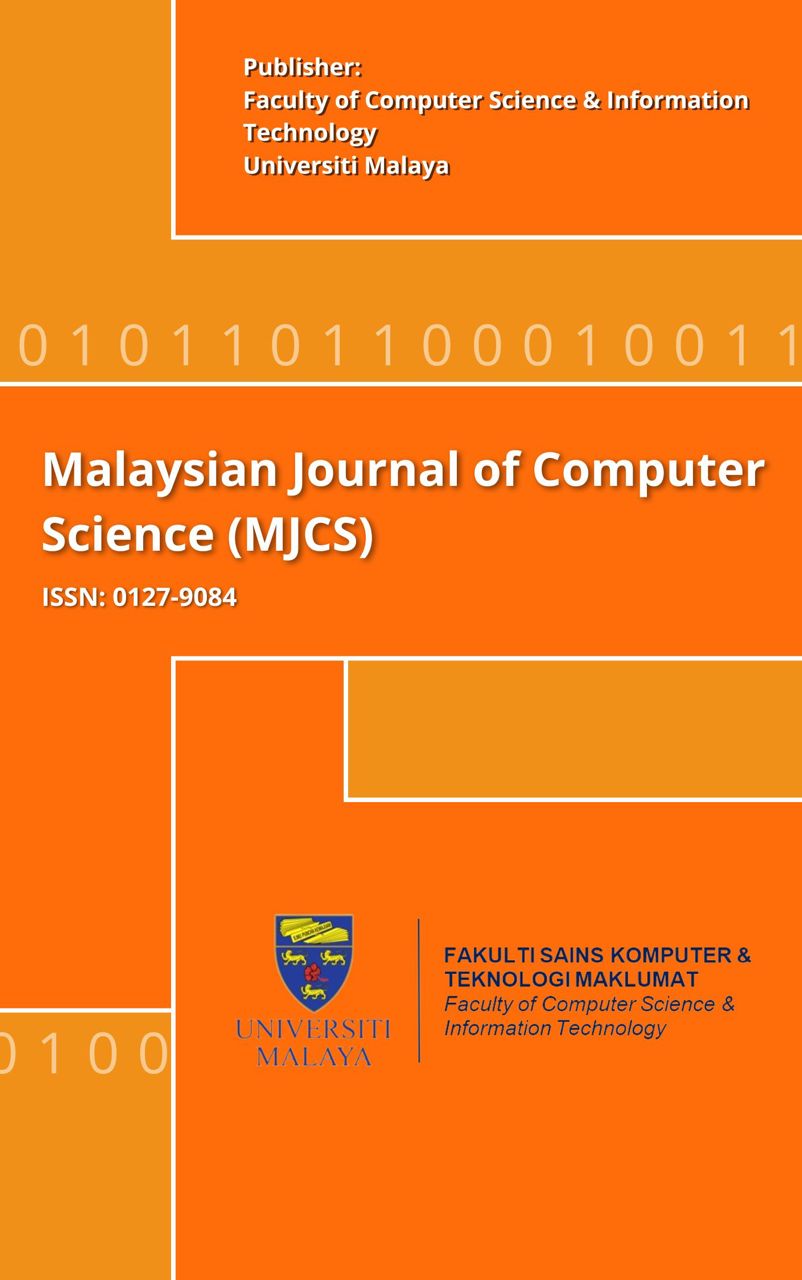INVESTIGATING THE STRESS LEVELS OF CHILDREN WITH SPECIAL NEEDS IN VIRTUAL REALITY SNOEZELEN ROOM ENVIRONMENT FOR LEARNING
Main Article Content
Abstract
As the number of special needs children increases, the number of enrolments in special schools increases. The common impairments faced by special children includes difficulties in concentration during learning due to learning disabilities, communication problems, sensory sensitivities, and restrictive or repetitive behavioural. Some special needs children were uncomfortable to wear any equipment on them during learning, while developing a Snoezelen room can be expensive and requires high maintenance. VR Snoezelen room can overcome the above problem and help the special needs children feel relaxed and comfortable. This research aims to study the special needs children’s responses in the Virtual Reality (VR) Snoezelen room system for learning. This research collected data via the experimental session on the stress levels of the special needs children before and after using the system. There were 10 special needs children who participated in this research, who were diagnosed with autism spectrum disorder, down syndrome, and learning disabilities. Each participant was given three to five sessions based on the child’s performance for them to complete the given tasks. The results show that 2 out of 10 participants had increased stress levels during first-time use of the VR Snoezelen room. After the second session, all the participants’ stress levels were reduced after using the VR system. This virtual system can increase special children’s concentration, improving their memory skills in learning while feeling relaxed when using the system.
Downloads
Article Details

This work is licensed under a Creative Commons Attribution-ShareAlike 4.0 International License.
